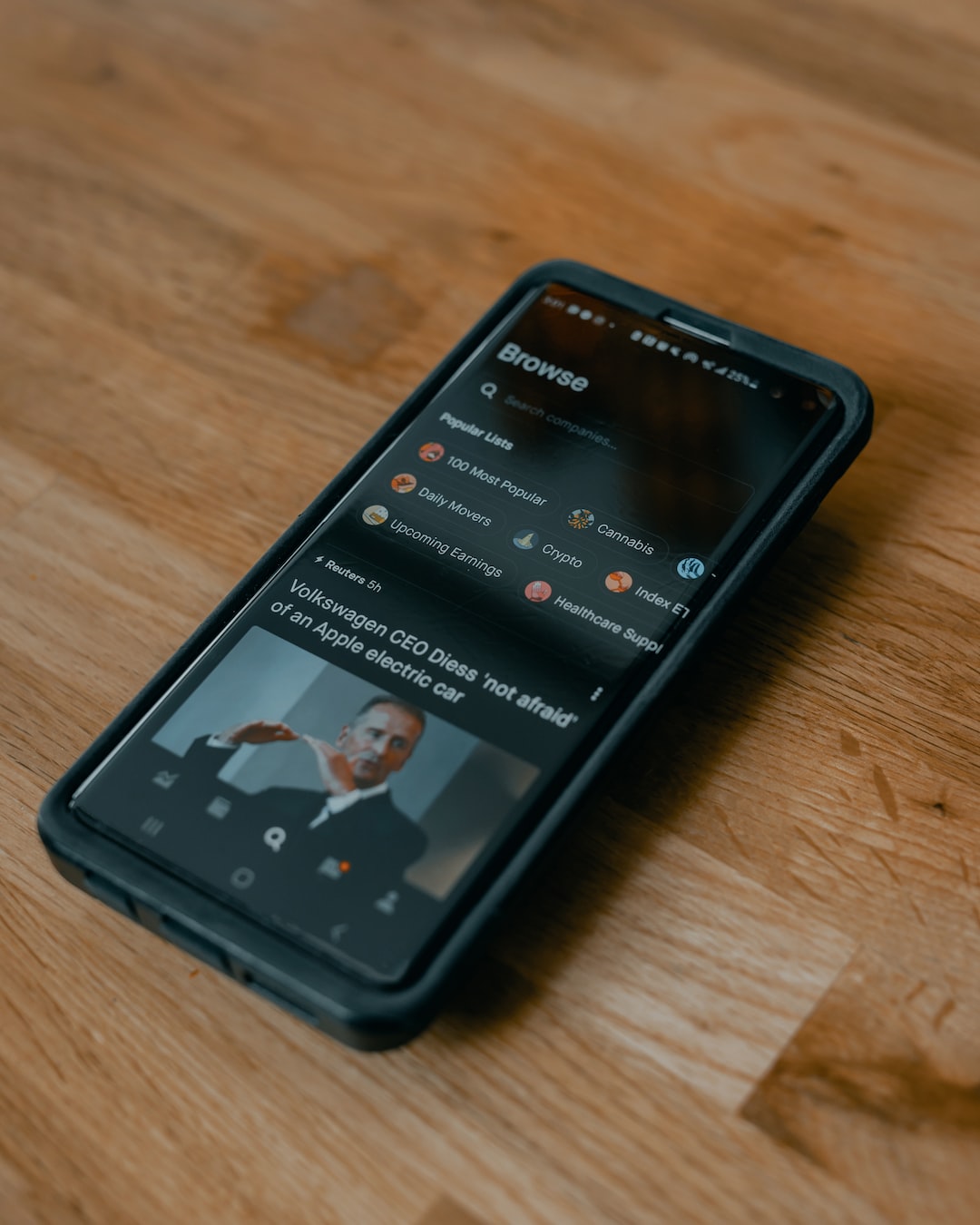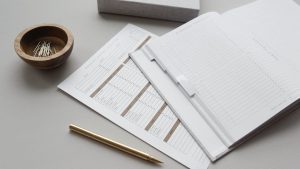Forex futures is a contract that allows traders to buy or sell a currency at a specific price and date in the future. Trading forex futures is a popular way to speculate on currency movements and hedge against currency risk. In this article, we will explain how to trade forex futures.
Step 1: Understand the Basics of Forex Futures
Before trading forex futures, it is important to understand the basics. Forex futures contracts are traded on exchanges, such as the Chicago Mercantile Exchange (CME) and the Intercontinental Exchange (ICE). Each contract represents a specific amount of currency, such as 100,000 units of a currency pair.
Forex futures have an expiration date, which is the date when the contract is settled. Settlement can occur in cash or the physical delivery of the underlying currency. Most traders do not take physical delivery of the currency and instead close out their positions before the expiration date.
Step 2: Choose a Forex Futures Broker
To trade forex futures, you will need a futures broker that is registered with the National Futures Association (NFA) in the United States. The broker should offer access to the exchanges where forex futures are traded and provide trading platforms that allow you to monitor and trade your positions.
When choosing a broker, consider factors such as fees, trading platforms, customer support, and regulatory compliance. It is also important to check the broker’s reputation and reviews from other traders.
Step 3: Open a Futures Trading Account
Once you have chosen a broker, you will need to open a futures trading account. This involves completing an application form and providing personal and financial information. The broker may also require you to provide identification documents, such as a passport or driver’s license.
After your account is approved, you will need to fund it with capital to start trading. The amount required varies by broker but typically ranges from a few thousand dollars to tens of thousands of dollars.
Step 4: Choose a Forex Futures Contract
Forex futures contracts are available for a range of currency pairs, such as EUR/USD, GBP/USD, and USD/JPY. Each contract has a specific ticker symbol and contract size, which you can find on the exchange’s website or trading platform.
When choosing a contract, consider factors such as liquidity, volatility, and trading hours. Some contracts may have low liquidity and wide bid-ask spreads, which can make it difficult to enter and exit positions. Others may have high volatility, which can increase the risk of large losses.
Step 5: Analyze the Market and Place Trades
To trade forex futures, you will need to analyze the market and identify potential trading opportunities. This involves using technical and fundamental analysis to assess the direction of the currency pair and the factors that are influencing it.
Technical analysis involves using charts and indicators to identify patterns and trends in price movements. Fundamental analysis involves analyzing economic data, news events, and geopolitical factors that can affect currency movements.
After analyzing the market, you can place trades using your broker’s trading platform. This involves specifying the contract, the direction of the trade (buy or sell), the size of the position, and the price at which you want to enter and exit the trade.
Step 6: Monitor and Manage Your Positions
Once you have entered a trade, you will need to monitor and manage your positions. This involves tracking the price movements of the currency pair and adjusting your positions as necessary.
If the price moves in your favor, you can take profits by closing out your position. If the price moves against you, you may need to cut your losses by closing out your position or adjusting your stop-loss orders.
Conclusion
Trading forex futures can be a profitable way to speculate on currency movements and hedge against currency risk. To trade forex futures, you need to understand the basics of futures trading, choose a broker, open a trading account, choose a contract, analyze the market, and place trades. It is important to monitor and manage your positions to minimize your risk and maximize your profits.





